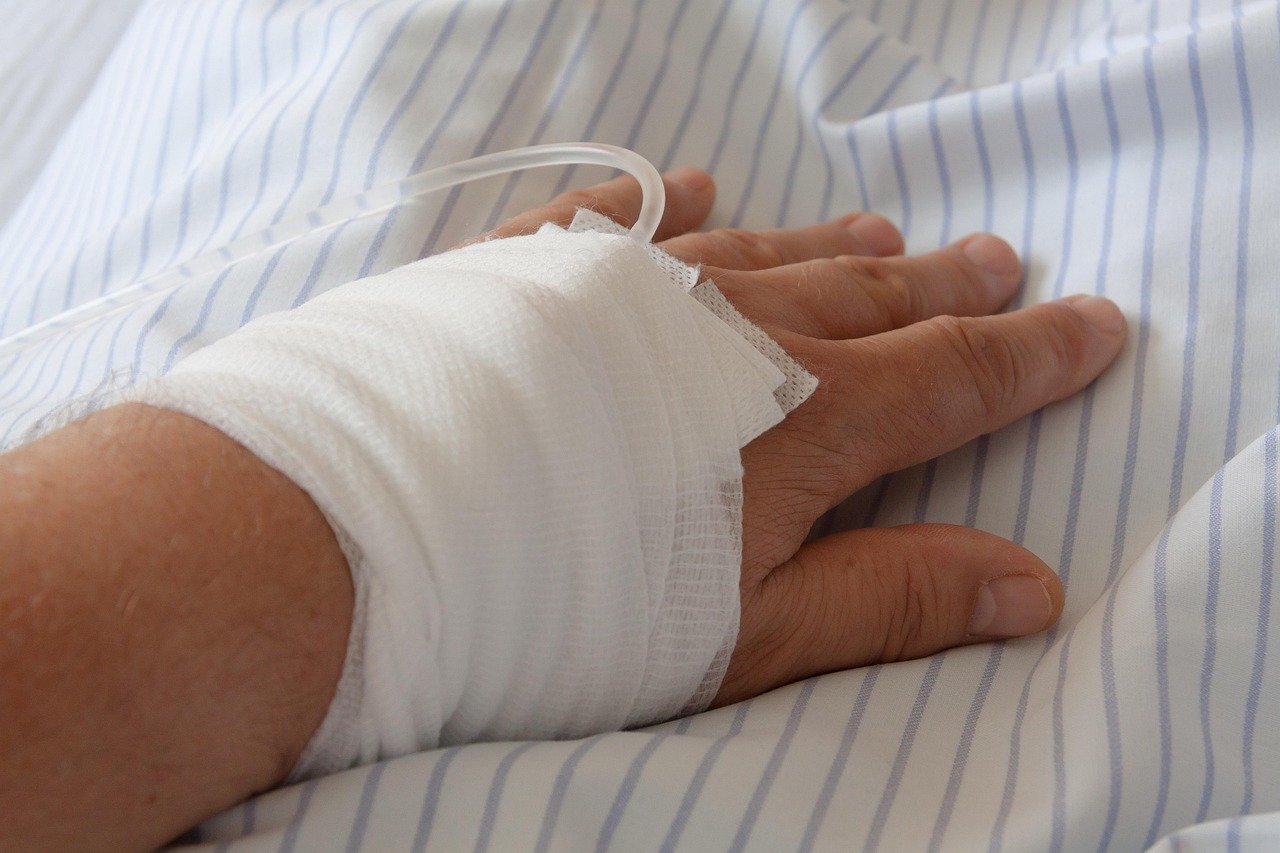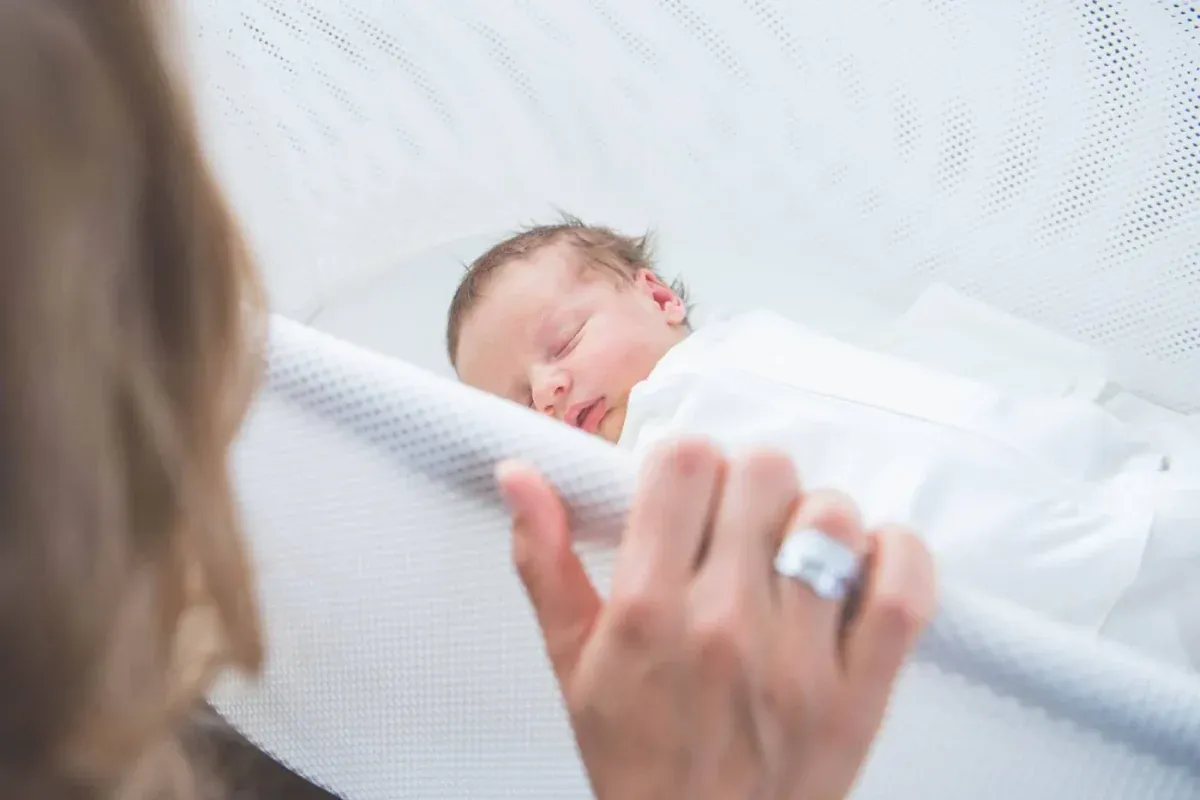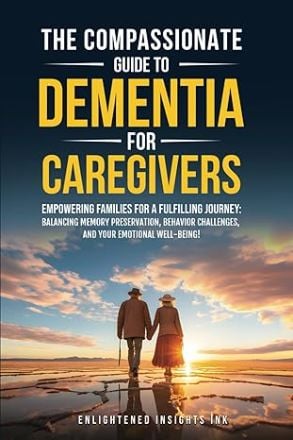Opinions and research vary on the benefits and downsides of wearing socks to bed. I’ll share what I learned during the past month.
While teaching at the University of Wisconsin—Milwaukee in the 1980s, my students would say, “Cold nose, cold hands, warm heart.” Well, let’s add another extremity—cold feet.
Unlike her youngest child, my mother ran hot. She was in her late 40s and early 50s when she’d occasionally let her eight- to 12-year-old cuddle next to her to warm up.
When I couldn’t use Mommy Furnace, I’d soak my feet in hot water, adding hotter water until my feet turned pink. When I couldn’t stand it any longer, I’d remove my steaming feet and let them radiate their warmth in my cold bed. This helped me fall asleep.
The Brain’s Janitor Cells
Sleep is very important for our good health.
Research cites the importance of at least seven hours of sleep to provide time for the brain to clear out toxins. Some toxins have been found to lead to Alzheimer’s.
While we sleep, we employ our brain’s janitors. These glial cells are busy clearing out our waking hours’ accumulated toxins. If we don’t let our janitor cells work full time, the team leaves the job unfinished.
Over time, with less sleep, the toxins increase in our brain. This reduced or lack-of-sleep feeds starts the cycle where increased toxins reduce our ability to sleep; potentially leading to dementia-related diseases.
I began a one-person study.
Concerned, I began a study to see how much a cooler room and wearing socks to bed would affect my sleep.
While I often feel chilled at night and need a room temperature of at least 72°F (22°C), I began sleeping with an open window. Temperatures dropped into the 50sF (10sC) here in California’s High Desert.
Surprisingly, with my ankle socks on, and in a cooler room (than I prefer), I slept straight through the night for one week. After that, my body rebelled. I got up to use the bathroom as I have since childhood. I was able to go back to sleep right away. One night, after staying up till past 3 in the morning with friends, I took 5 milligrams of melatonin, since I knew I would not get enough hours of sleep.
Other Research
“Research suggests that wearing socks to bed can help people not only fall asleep faster, but sleep longer and wake up fewer times throughout the night.” Should You Wear Socks to Bed? – The Sleep Doctor
In 2018, Medical News Today reported “wearing socks in bed increases blood flow to feet and heat loss through the skin, which helps lower core body temperature. In turn, this helps a person get to sleep faster.”
Other articles (citations and URLs in next section) addressed another perspective:
- Allow feet to breathe at night (since they’re likely covered during the day).
- There are risks in sleeping with restrictive socks.
- There are benefits to sleeping with feet outside of the covers.
I only did this after injuring my left metatarsal (the large joint below my big toe) while training for the Los Angeles Marathon.
AI’s Findings Regarding Sleeping with Socks
I even asked AI: What are the Pros and Cons of sleeping with socks?
The pros and cons of sleeping with socks according to an article on Batik Indonesia… [are socks] can provide warmth, comfort, and improved blood circulation, which can promote relaxation and better sleep quality. On the other hand, they can also cause overheating and restricted blood flow, which can be uncomfortable and disruptive.
Wearing socks in bed increases blood flow to [the] feet and heat loss through the skin, which helps lower core body temperature. In turn, this helps a person get to sleep faster. For similar reasons, wearing socks may also help prevent hot flashes in some people. [This resonated with me and was the reason I tried this experiment.]
If you decide to sleep with socks on, it is recommended that you choose a pair made of breathable materials like cotton or wool.
“Wearing socks to bed may help you fall asleep faster and snooze better during the night. Research shows that thawing out icy feet can adjust your body’s core temperature to put restful ZZZs within reach.”
So, if my feet feel cold, my body’s thermostat will turn up the heat. This may cause night sweats, which will awaken me. When I keep my feet warm, my body’s core temperature drops slightly to signal a more restful sleep.
And here I thought, my hot flashes were due to menopause or thyroid medication.
My Results
Much to my surprise, I slept soundly for seven hours, give or take 30 minutes. I woke up in the middle of the night once or twice but fell asleep right away. No night sweats. No mind racing. And when I went to bed with bare feet, I woke up, sweating, and unable to get back to sleep right away. I’d read for an hour as I had been doing for the last few years.
I’m amazed at how body temperature plays havoc with our sleep. My openness to try new things—sleeping with socks in a much cooler room—lead to more peaceful nights of sleep. It only took six decades to learn this.
For more of a detailed explanation, read Better Sleep—Good or Bad: Sleeping With Socks On, including these passages:
“Your body naturally works to lower your core temperature before sleep. There’s evidence that warming your feet before bed can help lower your core body temperature, helping you fall asleep faster.”
“If your feet are cold, your body’s core temperature may rise. This is because your body sends more blood (and heat) to your core areas like your feet to keep them warm. When you sleep with socks on, you make your feet warmer, which helps widen blood vessels constricted when cold. This enables you to release more heat through your skin and cool down the rest of your body.”
And finally, in 2022, The Cleveland Clinic published: Can Wearing Socks to Bed Help You Sleep Better?
The post To Wear or Not to Wear Socks to Bed for a Good Night’s Sleep first appeared on The Caregivers Voice.Original Article










